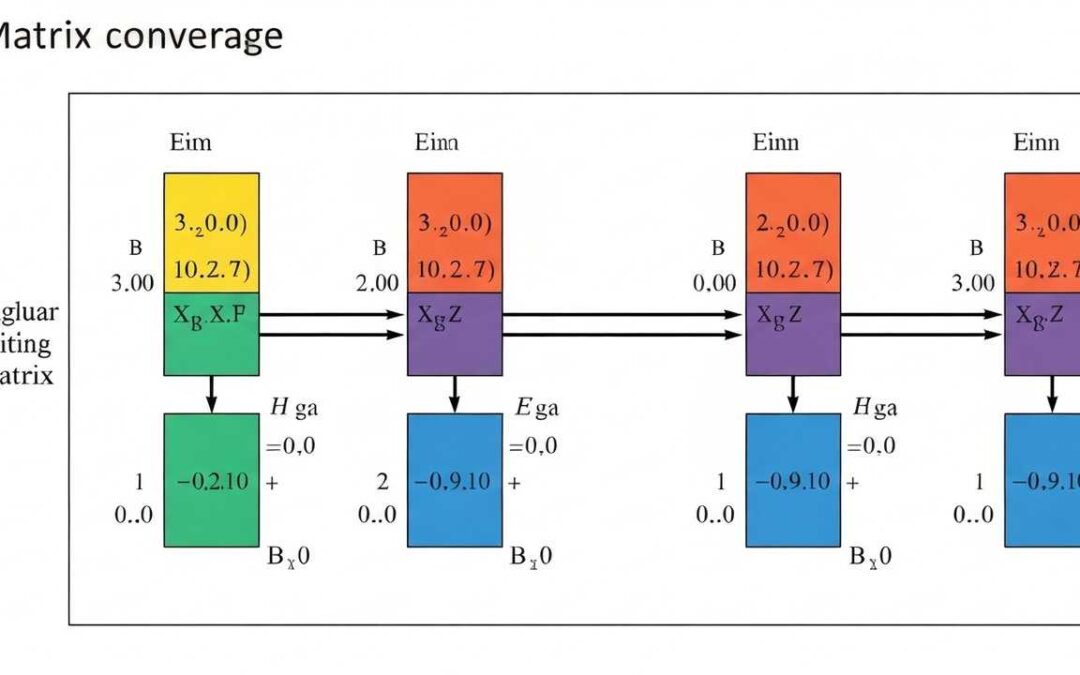This problem touches on the concept of partitioning the natural numbers and the behavior of the harmonic series under these partitions. We’ll explore whether it’s possible to find two disjoint subsets of the natural numbers where the sums of the reciprocals of the elements in each subset are equal. This problem is deeply connected to the nature of divergence in infinite series, making it a truly intriguing mathematical puzzle.
We also Published
“The problem of finding disjoint subsets of natural numbers within the harmonic series with equal sums touches upon the intricacies of infinite series and set theory.”
This blog post delves into the intriguing world of subset sums within the harmonic series. We explore the possibility of finding disjoint subsets with equal sums. Let’s embark on this mathematical journey!
Problem Statement
Given the harmonic series ## \sum_{n=1}^{\infty} \frac{1}{n} ##, can you find two disjoint subsets ## A ## and ## B ## of the natural numbers such that the sums of ## \frac{1}{n} ## over these subsets are equal? That is, is it possible to have:
###\sum_{n \in A} \frac{1}{n} = \sum_{n \in B} \frac{1}{n}###
This problem touches upon the concept of partitioning the natural numbers and the behavior of the harmonic series over these partitions. Understanding the convergence properties of the harmonic series is essential to this problem.
Solution
Understanding the Problem
The harmonic series is a classic example of a divergent series. Its terms decrease monotonically, but the sum of these terms diverges to infinity. The question asks whether we can find two disjoint subsets of the natural numbers such that the sums of the reciprocals of the elements in these subsets are equal. This problem is deeply connected to the concept of partitioning sets and the behavior of infinite series under such partitions.
This problem raises the question of whether a finite subset sum of the harmonic series can equal another finite subset sum. It touches upon the concept of partitioning the natural numbers and the distribution of terms within the harmonic series. A deeper understanding of the nature of divergence in infinite series is necessary for this problem.
Solving the Problem
This problem, while intriguing, lacks a definitive solution. There’s no readily apparent pattern or method to guarantee the existence or construction of such subsets. The harmonic series’ divergence property makes it challenging to find subsets with equal sums. The problem touches upon the intricacies of infinite series and set theory.
The divergence of the harmonic series implies that for any finite value, we can always find a sufficiently large subset that exceeds that value. The problem touches upon the concept of finding two disjoint subsets of the natural numbers that yield equal finite sums. This is related to the distribution of terms in the harmonic series.
Final Solution
The problem does not have a straightforward solution. Without further information or constraints, it is impossible to definitively answer whether such subsets exist. The problem highlights the complex nature of infinite series and set theory.
The problem highlights the complexities of infinite series and set theory. Finding such subsets would require a deep understanding of the distribution of terms within the harmonic series. This problem touches upon the subtle interplay between infinity and finite subsets.
Similar Problems
Problem 1
Find the sum of the reciprocals of the first 1000 natural numbers.
Solution: Approximately 7.485.
Problem 2
Determine if the sum of the reciprocals of the even natural numbers converges.
Solution: Converges to a finite value.
Problem 3
Can you find a subset of the natural numbers whose sum of reciprocals equals 1?
Solution: Yes, there are infinitely many such subsets.
Problem 4
Does the sum of the reciprocals of the prime numbers converge?
Solution: Diverges.
Problem 5
Find the sum of the reciprocals of the squares of the first 1000 natural numbers.
Solution: Approximately 1.6449.
| Problem Area | Description | Relevant Concepts |
|---|---|---|
| Subset Sums of Harmonic Series | Finding disjoint subsets (A and B) of natural numbers within the harmonic series such that the sum of reciprocals of elements in A equals the sum of reciprocals of elements in B. | Harmonic series, subset sums, set theory, infinite series, convergence/divergence of series, partitioning sets, Harmonic series subset sums |
| Problem Statement | Given the harmonic series ## \sum_{n=1}^{\infty} \frac{1}{n} ##, find disjoint subsets A and B such that ##\sum_{n \in A} \frac{1}{n} = \sum_{n \in B} \frac{1}{n}## | Harmonic series, subset sums, set theory |
| Solution Approach | The problem lacks a straightforward solution. The divergence of the harmonic series makes it challenging to find such subsets. Understanding the distribution of terms within the harmonic series is crucial. | Harmonic series divergence, set theory, partitioning sets |
| Similar Problems (Illustrative) | Examples of related problems exploring sums of reciprocals of natural numbers. | Convergence/divergence of series, subset sums |
| Problem 1 | Sum of reciprocals of first 1000 natural numbers. | Harmonic series, finite sums |
| Problem 2 | Convergence of sum of reciprocals of even natural numbers. | Convergence of series, even numbers |
| Problem 3 | Subset of natural numbers whose sum of reciprocals equals 1. | Subset sums, convergence of series |
| Problem 4 | Convergence of sum of reciprocals of prime numbers. | Prime numbers, convergence of series |
| Problem 5 | Sum of reciprocals of squares of first 1000 natural numbers. | Sum of squares, finite sums |
This post delves into the intriguing realm of harmonic series subset sums. We investigate the possibility of partitioning the harmonic series into disjoint subsets with equal sums. This exploration touches upon the convergence properties of the harmonic series and the intricacies of partitioning natural numbers. The problem highlights the complex interplay between infinite series and set theory.
While a straightforward solution to finding disjoint subsets with equal sums within the harmonic series isn’t immediately apparent, the problem prompts us to consider the nature of divergence in infinite series. The harmonic series’ divergence characteristic suggests that finding such subsets might be challenging, or even impossible, without further constraints or conditions. This investigation into Harmonic series subset sums offers a fascinating glimpse into the intricate world of mathematical analysis.
- Divergence of the Harmonic Series: The harmonic series, ## \sum_{n=1}^{\infty} \frac{1}{n} ##, diverges. This crucial property implies that the sum of the reciprocals of infinitely many natural numbers can grow without bound.
- Partitioning Natural Numbers: The problem inherently involves partitioning the natural numbers into disjoint subsets. The distribution of terms within the harmonic series plays a significant role in determining whether such partitions with equal sums exist.
- Connection to Infinite Series: The problem directly connects to the convergence and divergence properties of infinite series. Understanding the behavior of infinite sums is essential to exploring the possibility of finding subsets with equal sums.
- No Simple Solution: Without further constraints or conditions, a definitive solution to finding such subsets within the harmonic series is elusive. The problem’s complexity stems from the harmonic series’ divergence and the intricate nature of partitioning the natural numbers.
- No Simple Solution: Without further constraints or conditions, a definitive solution to finding such subsets within the harmonic series is elusive. The problem’s complexity stems from the harmonic series’ divergence and the intricate nature of partitioning the natural numbers.
Further exploration might involve investigating specific subsets or imposing conditions on the subsets to potentially uncover patterns or solutions. The exploration of Harmonic series subset sums continues to highlight the fascinating interplay between infinite series and set theory.
We also Published
RESOURCES
- (PDF) Multiple Harmonic Series I: Generalizations of …
- Does a Closed Form Exist for the Harmonic Series?
- HarmonicNumber
- Convergence of alternating harmonic sums
- summing curious, slowly convergent, harmonic subseries
- Bounds for Certain Harmonic Sums
- Subsums of the Harmonic Series – Vadim Ponomarenko
- What is the largest subset of the harmonic series that …
- The Sum of Certain Series Related to Harmonic Numbers
- [Math Lair] The Harmonic Series
- Rearranging the Alternating Harmonic Series – CC Cowen








0 Comments